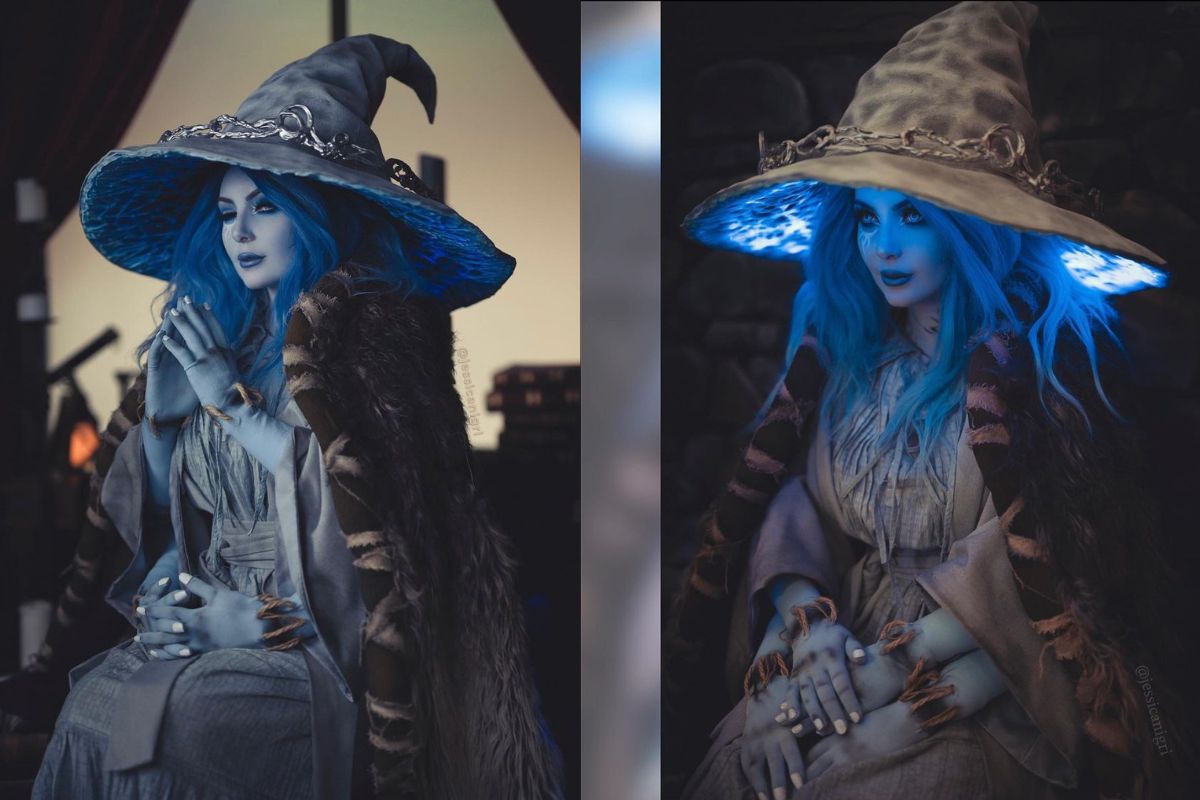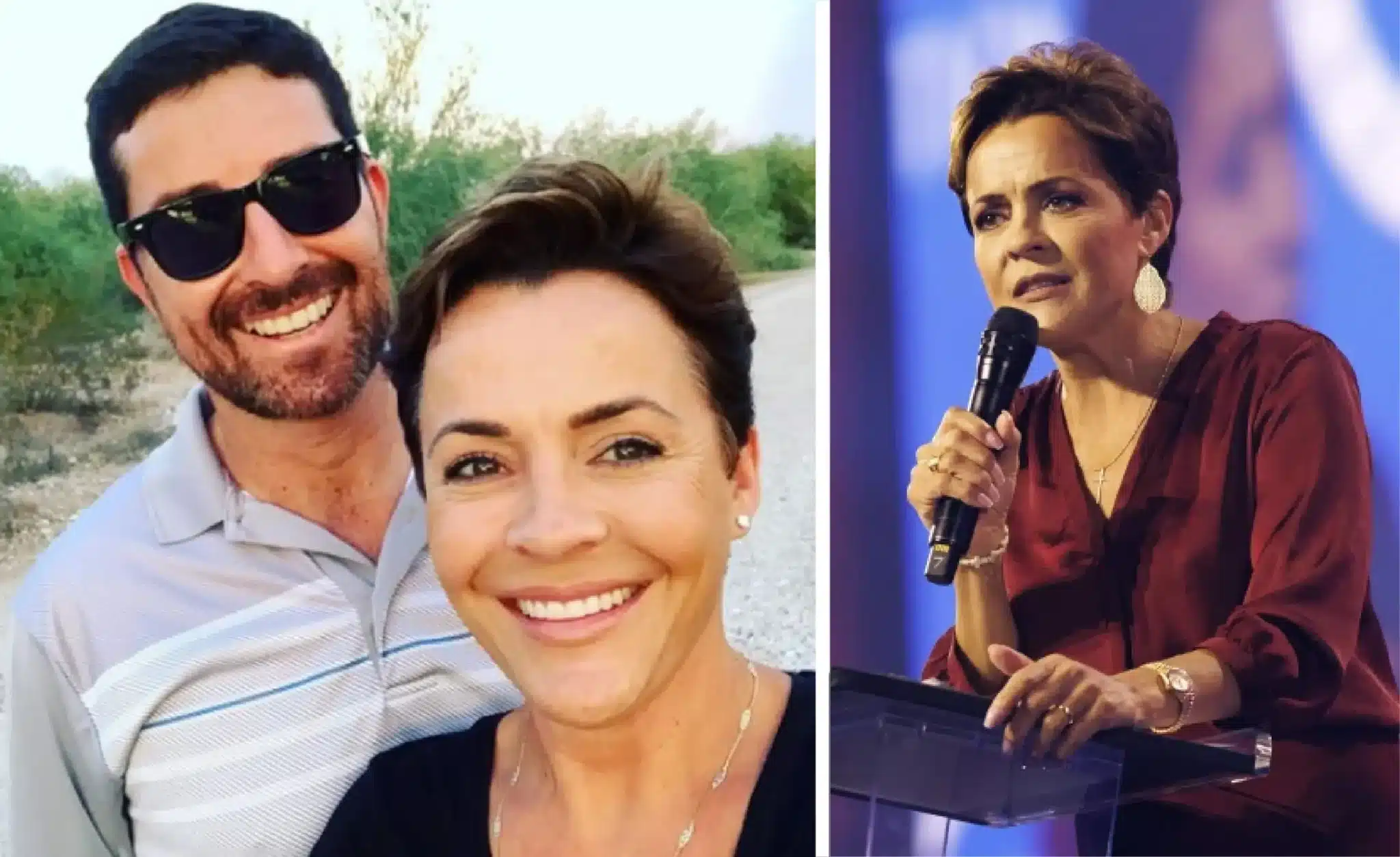Introduction
Welcome to the intriguing world of crime scene photography, where every snapshot can hold the key to unlocking a puzzle at the heart of a criminal investigation. In this blog post, we will delve into the fascinating work of Vanessawest, a renowned crime scene photographer whose exceptional skills have made her an invaluable asset in countless cases.
Vanessa West is different from your average photographer – she possesses a unique talent for capturing images that tell stories beyond what meets the eye. With her camera as her trusted companion, she fearlessly enters into scenes plagued by darkness and chaos, armed with determination and an unwavering commitment to justice.
The importance of crime scene photography cannot be overstated. It is vital in piecing together events leading up to crimes and providing crucial evidence for law enforcement agencies. These meticulously captured photographs become windows into worlds tainted by tragedy, allowing investigators to unravel mysteries precisely and accurately.
However, being a crime scene photographer has its fair share of ethical considerations. Vanessa West understands these complexities all too well. She recognizes that while it is imperative to document every detail at a crime scene, sensitivity must prevail when dealing with victims’ privacy and respect for their dignity.
When it comes to capturing crime scene photos, Vanessa adopts an approach characterized by meticulousness and attention to detail. Her keen eye effortlessly discerns subtle clues within chaotic environments – footprints leading towards or away from danger, bloodstains mapping out violent encounters, shattered glass telling tales of forced entry – each piece coming together like fragments in an enigmatic jigsaw puzzle.
To truly appreciate Vanessa’s expertise, let us dive into some captivating case studies showcasing how her work has played instrumental roles in solving complex crimes.
The importance of crime scene photography in criminal investigations
Crime scene photography is crucial in criminal investigations, providing investigators with vital visual evidence to make or break a case. These photographs capture the scene as it was when law enforcement arrived, preserving valuable details that may be altered or lost over time.
One of the critical reasons why crime scene photography is so important is its ability to document and preserve evidence accurately. The saying “a picture is worth a thousand words” rings true in this context. Photographs allow investigators to revisit the crime scene and closely examine every aspect, from blood spatter patterns to fingerprints on surfaces.
Moreover, crime scene photos serve as an objective record of what transpired at the scene. They provide an unbiased account of events, which can be particularly helpful if witness testimonies differ or are unreliable. Photos also enable experts such as forensic analysts and pathologists to study and analyze evidence without physically being present at the crime scene.
In addition to aiding investigations, crime scene photography can assist in establishing timelines and reconstructing events leading up to the crime. Photographers like Vanessa West help detectives piece together how different elements interact within the space by carefully documenting various angles and perspectives.
Furthermore, these photographs are often presented as evidence during trials, helping prosecutors convey their arguments effectively. Jurors rely on these visuals to better understand complex details discussed in court testimonies – they provide clarity where words alone might fail.
Ethical considerations for crime scene photographers
Ethical considerations for crime scene photographers are of utmost importance in their line of work. These professionals have a crucial role in documenting and preserving evidence at crime scenes, but they must do so with sensitivity and respect.
One critical ethical consideration is the privacy and dignity of victims. Crime scene photographers must always be mindful of the fact that they are capturing images of individuals who have experienced trauma or even lost their lives. It is essential to approach these situations with empathy and compassion, ensuring that photographs are taken discreetly without causing further harm or distress.
Another important aspect is maintaining the integrity of the crime scene itself. Photographers should avoid altering any evidence or surroundings while documenting the scene. This means refraining from moving objects, rearranging furniture, or disturbing potential clues. By adhering to strict protocols, photographers can ensure that their photos accurately represent the original state of the crime scene.
In addition, obtaining informed consent is essential when photographing live subjects involved in criminal investigations. While it may not always be possible due to legal constraints or emergencies, whenever feasible, photographers should seek permission from individuals before capturing images that may later become part of an investigation.
Furthermore, sharing and publishing crime scene photos require careful consideration as well. These images hold sensitive information that could impact ongoing investigations or violate privacy rights if disseminated widely without proper authorization. Crime scene photographers must adhere to strict confidentiality guidelines and only share images with authorized personnel directly involved in solving crimes.
By upholding high ethical standards throughout their work, crime scene photographers like Vanessa West contribute significantly to justice systems worldwide while respecting the rights and dignity of those affected by crimes.
Vanessa West’s approach to capturing crime scene photos

Vanessawest.tripod has a unique approach to capturing crime scene photos. She understands that every detail, no matter how small or seemingly insignificant, can play a crucial role in solving the puzzle of a crime. With her keen eye for detail and unwavering dedication, Vanessa ensures no stone is left unturned.
One aspect of Vanessa’s approach is her meticulousness. She takes the time to thoroughly examine the entire crime scene before even picking up her camera. This allows her to identify critical areas and angles that will provide the most comprehensive documentation possible.
Another critical aspect of Vanessa’s approach is her ability to remain calm and composed under pressure. Crime scenes can be chaotic and emotionally charged, but Vanessa maintains her focus and professionalism. This enables her to capture clear and concise images that accurately depict the scene as it was found.
Additionally, Vanessa understands the importance of proper lighting techniques in crime scene photography. She utilizes various lighting methods to ensure optimal visibility without compromising evidence or disturbing delicate surfaces.
Furthermore, Vanessa employs an artistic flair while adhering strictly to forensic standards. Her photographs serve as invaluable tools for investigators and convey a sense of realism that can help juries understand the gravity of a situation.
In conclusion (not concluding), Vanessa West’s approach to capturing crime scene photos sets her apart from others in this field. Her attention to detail, composure under pressure, expertise in lighting techniques, and artistic sensibility all produce high-quality images with significant evidentiary value. By employing such an exceptional approach, she continues making valuable contributions within forensic photography and toward criminal investigations as a whole.
Case studies showcasing the impact of Vanessa West’s work
In one particularly perplexing case, Vanessa West’s crime scene photos were crucial in unraveling the truth behind a mysterious disappearance. A young woman had gone without a trace, leaving her family desperate for answers. With limited evidence and no leads, investigators turned to Vanessa’s expertise.
Her meticulous attention to detail allowed her to capture every inch of the crime scene, from the tiniest speck of dust to the faintest footprint. Through her lens, she painted a vivid picture of what happened on that fateful night.
Upon analyzing Vanessa’s photos, detectives discovered subtle clues that had been overlooked during their initial search. Hidden in plain sight was an overlooked piece of clothing tucked away in the corner – a vital clue connecting back to the perpetrator.
With this newfound lead, investigators were able to track down and apprehend the suspect responsible for this heinous crime. Without Vanessa’s precise documentation through photography, justice might never have been served.
Vanessa examined every aspect of the scene with keen eyes and unwavering determination. She captured each angle meticulously – from wide shots showcasing the entire room layout to close-ups highlighting minute details often missed by others.
As she reviewed her photographs later, something caught her attention – inconsistencies between what was initially reported and what was depicted in her images. Signs were pointing towards foul play rather than self-inflicted harm.
These discrepancies prompted further investigation, leading ultimately towards exposing not only murder but also uncovering hidden motives buried beneath layers of deceitful acts.
The truth finally came out thanks largely to due diligence exhibited by West throughout the the entire process; otherwise, it wouldn’t have been possible!
Tips for aspiring crime scene photographers
1. Master the Basics: Before delving into crime scene photography, it is crucial to have a solid foundation in traditional photography techniques. Familiarize yourself with camera settings, lighting, and composition principles to ensure your photos accurately capture the details of a crime scene.
2. Develop Technical Skills: Besides understanding photography fundamentals, aspiring crime scene photographers should also focus on developing their technical skills. This includes learning to properly document evidence using scale markers and capturing detailed close-up shots.
3. Stay Emotionally Detached: Crime scenes can be gruesome and emotionally challenging environments to work in. Aspiring photographers must remain professional and emotionally detached from the scenes they document. This allows for objective and unbiased photography to aid investigators in their analysis.
4. Learn Forensic Protocols: Familiarize yourself with forensic protocols and procedural guidelines used at crime scenes. Understanding these protocols will help you navigate various scenarios efficiently while ensuring that evidence remains uncontaminated during documentation.
5. Continuous Education: Crime scene investigation techniques are constantly evolving; therefore, ongoing education is vital for staying updated on new technologies, equipment, and methodologies related to forensic photography.
6. Build a Network: Networking within the field of forensic science can provide invaluable opportunities for collaboration and knowledge sharing among professionals working in related disciplines, such as law enforcement agencies or forensic laboratories.
By following these tips, aspiring crime scene photographers like Vanessa West can become proficient in this specialized area of photography – contributing significantly towards solving crimes through accurate visual documentation!
Conclusion The lasting impact of Vanessa West’s contributions to the field of forensic photography
Vanessa West’s dedication and expertise as a crime scene photographer have profoundly impacted the field of forensic photography. Her meticulous attention to detail, technical skill, and commitment to ethical practices have set her apart as an influential figure in criminal investigations.
Through her work, Vanessa has demonstrated the crucial role of crime scene photography in documenting evidence and aiding investigators in their pursuit of truth and justice. By capturing detailed images of crime scenes, she provides a visual record that experts can analyze and interpret long after the initial investigation.
Ethical considerations are paramount in this line of work, and Vanessa understands the gravity of her role. She approaches each case with empathy for victims and their families while maintaining objectivity when documenting evidence. This balance ensures that her photographs are accurate representations without compromising sensitivity or privacy.
Also Read: Jessica Nigri OnlyFans











